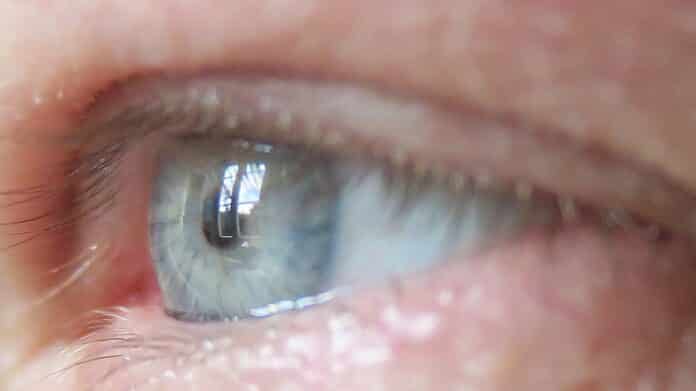A KTH Royal Institute of Technology and Karolinska Institutet team developed a device that can hold insulin-producing pancreatic cells and sensors. They shared their findings in the journal Advanced Materials.
This collaboration allows precise placement of micro-organisms, like pancreatic islets, in the eye without stitches. It could lead to using the look for cell-based therapy, such as treating Type 1 or Type 2 diabetes.
Anna Herland, a senior lecturer in Bionanotechnology at SciLifeLab, KTH, and AIMES research center at KTH and Karolinska Institutet, explains that the eye is an excellent choice for this technology. It lacks immune cells that might reject the implant initially, and its clear structure allows for easy monitoring of its progress.
Herland said, “The eye is our only window into the body, and it’s immune-privileged.”
Professor Per-Olof Berggren, an expert in endocrinology at Karolinska Institutet, brought valuable experience to the research. He has a history of transplanting islets of Langerhans into the eyes of mice.
Berggren explains that the current device is unique and will serve as a foundation for their ongoing work to create a complete microsystem for studying how islets of Langerhans function and survive in the eye. This research is vital for translating these findings into clinical trials involving people with diabetes.
Herland explains that this technology solves a significant problem in developing cell therapies, especially for diabetes. It eliminates the need for invasive methods to monitor how well the transplanted cells work, ensuring their long-term success.
She describes this as a crucial first step toward advanced medical devices that can both place and track the performance of cell grafts.
Herland also mentions that the design allows for positioning mini-organs like organoids and islets of Langerhans without restricting their access to nutrients.
She adds that this design paves the way for integrating more advanced functions into the device, such as electronics or controlled drug release. The research received funding from several organizations, including SSF, Knut and Alice Wallenberg Foundation, ERC, Erling Persson Family Foundation, Jochnick Foundation, AIMES, and Novo Nordisk Foundation.
The study’s conflict of interest disclosure mentions that Per-Olof Berggren has a connection with Biocrine AB, a company involved in the study.
In conclusion, this research marks a significant breakthrough in diabetes treatment, offering hope for improved therapies and a more convenient approach to managing this chronic condition.
Journal reference:
- Hanie Kavand, Montse Visa, et al., 3D-Printed Biohybrid Microstructures Enable Transplantation and Vascularization of Microtissues in the Eye’s Anterior Chamber. Advanced materials. DOI: 10.1002/adma.202306686.
